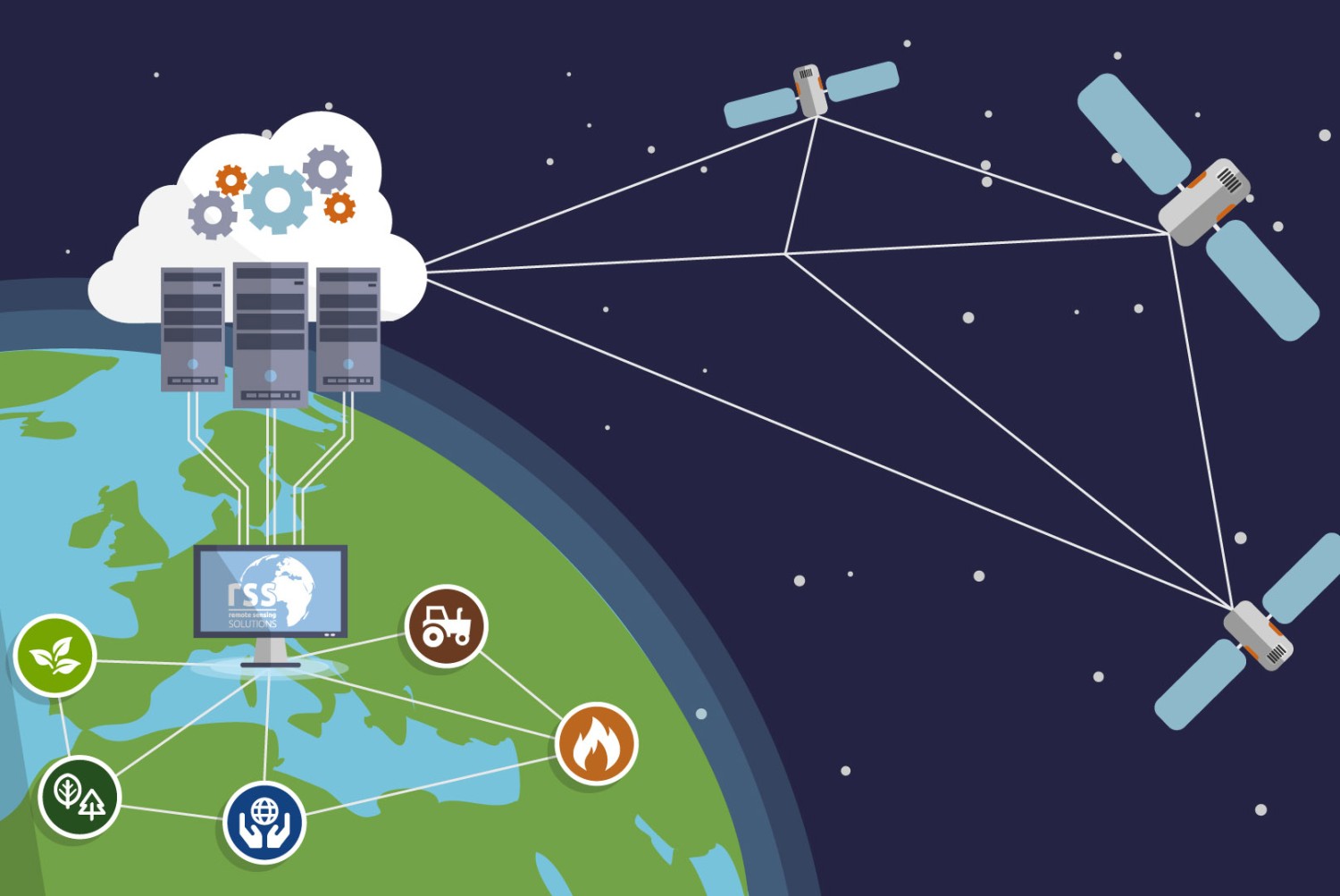
Freelance Remote Sensing Gathering Earth Data
In the realm of modern science and technology, Freelance Remote Sensing Gathering Earth Data stands as a remarkable pillar of innovation. It's not merely a niche field; it's a treasure trove of knowledge that unlocks the mysteries of our planet. In this article, we delve into the captivating world of Freelance Remote Sensing Gathering Earth Data, bringing you closer to the heart of this fascinating discipline.
Understanding Freelance Remote Sensing
A Glimpse into the Basics
At the core of Freelance Remote Sensing lies the art of collecting data from Earth using a variety of sensors and instruments. These tools, often mounted on satellites or aircraft, enable us to observe our planet from a distance. It's akin to looking at Earth from a cosmic vantage point, giving us invaluable insights into its various phenomena.
The Significance of Remote Sensing
Why is Freelance Remote Sensing so vital? Imagine being able to monitor climate changes, track natural disasters, or assess crop health on a global scale. This technology equips us with the power to do just that. It's an indispensable tool for environmental monitoring, disaster management, and resource planning.
Earth Data Gathering Techniques
Freelance Remote Sensing employs a range of techniques, such as:
-
Satellite Imagery: Satellites equipped with sensors capture high-resolution images of Earth's surface.
-
LiDAR: Light Detection and Ranging technology uses laser pulses to measure distances, making it ideal for 3D mapping.
-
Radar Imaging: Radar sensors can penetrate clouds and offer all-weather data collection.
Applications of Freelance Remote Sensing
Environmental Conservation
One of the most significant applications is in environmental conservation. Scientists use remote sensing to track deforestation, monitor wildlife populations, and assess the impact of climate change.
Agriculture and Crop Management
Farmers and agronomists rely on Earth data to optimize crop growth, detect diseases, and enhance yields. This technology helps in making informed decisions about irrigation and pest control.
Disaster Management
When natural disasters strike, timely information is critical. Remote sensing aids in disaster preparedness and response by providing real-time data on events like hurricanes, earthquakes, and wildfires.
Getting Started in Freelance Remote Sensing
Education and Training
To embark on a career in Freelance Remote Sensing, a background in earth sciences, geography, or related fields is beneficial. Consider enrolling in courses or training programs that specialize in remote sensing.
Freelance Opportunities
The beauty of this field is that it offers ample freelance opportunities. You can work with research organizations, government agencies, or private companies on a project basis.
Tools and Software
Familiarize yourself with software like ArcGIS, ENVI, and QGIS. These tools are essential for data processing and analysis in the world of remote sensing.
Frequently Asked Questions
-
What is the primary goal of remote sensing? Remote sensing aims to gather data about the Earth's surface and its various attributes from a distance.
-
How is remote sensing data used in climate studies? Remote sensing data helps scientists monitor climate change by tracking temperature variations, sea levels, and glacial activity.
-
Can remote sensing assist in urban planning? Yes, it plays a crucial role in urban planning by providing data on land use, transportation, and infrastructure development.
-
Are there any ethical concerns in remote sensing? Yes, privacy and data security are important ethical considerations, especially in applications related to surveillance.
-
What are the advantages of LiDAR technology in remote sensing? LiDAR technology offers high precision and accuracy in 3D mapping, making it valuable in forestry, geology, and archaeology.
-
How can I become a certified remote sensing professional? You can pursue certification programs offered by organizations like the American Society for Photogrammetry and Remote Sensing (ASPRS).
Summary
This article has provided a comprehensive overview of Freelance Remote Sensing Gathering Earth Data. We've explored its importance, applications, and how to get started in this dynamic field. By harnessing the power of remote sensing, we can continue to unravel the mysteries of our planet and work towards a sustainable future.
